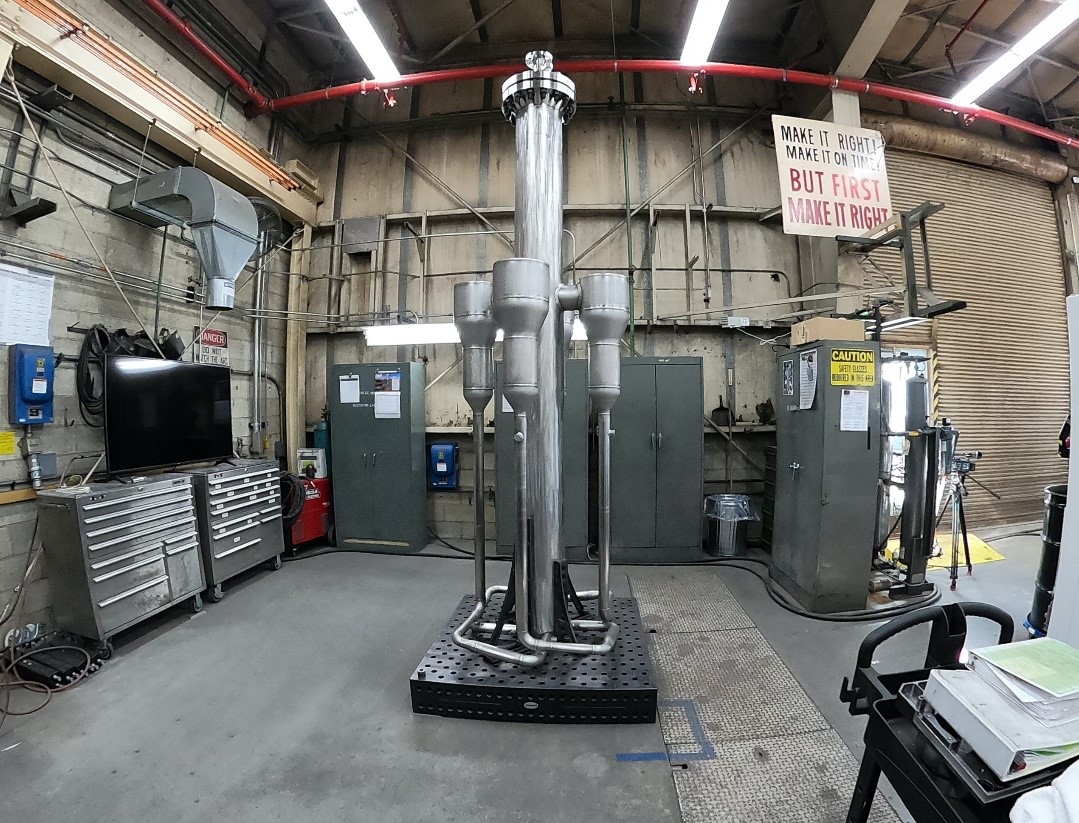The Palisades plant near Covert, Mich. (Photo: Entergy)
“Many states have made carbon dioxide–reduction plans with no hope of success. But if they want to meet even a portion of those goals, they must put nuclear power back on the table.” So opined Tim Cavanaugh, senior editor at the Mackinac Center for Public Policy, in an essay published by The Hill on March 23.
Aerial view of the High Flux Isotope Reactor. (Photo: ORNL)
The nonproliferation-related monitoring of nuclear reactor operations received a boost from a new study focusing on the use of seismic and acoustic data for such purposes, ScienceDaily reported last week. The study, conducted by investigators at Oak Ridge National Laboratory, was published March 9 in the journal Seismological Research Letters.
Cover of the April 1962 issue of Nuclear News (left), ATR core diagram appearing in October 1969 issue of Nuclear News (center), and cover of the October 1969 issue of Nuclear News (right).
The Department of Energy and Idaho National Laboratory announced this week that the sixth major core overhaul of the Advanced Test Reactor (ATR) is complete, after an 11-month outage that began in April 2021. The ATR was built as a key piece of mission support for U.S. Navy programs and first reached full power in 1969. Today it remains “the world’s largest, most powerful and flexible materials test reactor,” in the words of INL—quite a feat for a reactor that was planned over 60 years ago.
The Neckarwestheim nuclear power plant in Germany.
After offering a small shred of hope that it might be persuaded to keep its remaining power reactors in operation a bit longer to reduce its dependence on Russia for energy, Germany has opted to continue with its nuclear phaseout. The last three operating German reactors, Neckarwestheim-2, Isar-2, and Emsland, are slated for shutdown later this year.
The Fukushima Daiichi site before the accident.
Today’s #ThrowbackThursday post looks back at some of Nuclear News’s reporting on the Fukushima Daiichi accident, which was initiated 11 years ago tomorrow. The news reporting includes the initial coverage of the event from the pages of Nuclear News in April 2011 and the in-depth coverage of the 2011 ANS Annual Meeting, where special sessions focused on the accident.
Spent fuel in dry storage at the decommissioned Zion site in Illinois awaits a permanent home. (Photo: EnergySolutions)
The deadline for submitting comments on the Department of Energy’s request for information on using a consent-based approach to siting federal facilities for the interim storage of spent nuclear fuel is Friday, March 4.
An advanced nuclear reactor technology park is hoped for the 935-acre Clinch River site. Image: TVA
Last week’s announcement from the Tennessee Valley Authority about its “New Nuclear Program,” which outlines the potential development of the Clinch River site near Oak Ridge National Laboratory in Eastern Tennessee, is the catalyst for this week’s #ThrowbackThursday post. The Clinch River site was originally planned to be the location for the Clinch River Breeder Reactor, a project that, at the time, was meant to be the future of the nuclear industry in the United States.
The MARVEL microreactor prototype in the INL machine shop. (Photo: DOE)
A full-scale, electrically heated prototype for the Department of Energy’s Microreactor Applications Research Validation and Evaluation (MARVEL) project was fabricated in just nine months, according to an article published by Idaho National Laboratory on January 31. The article explains in part how a team from the lab’s machine shop created the prototype.
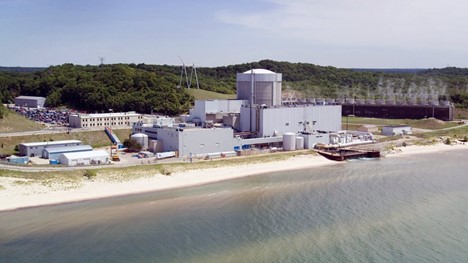


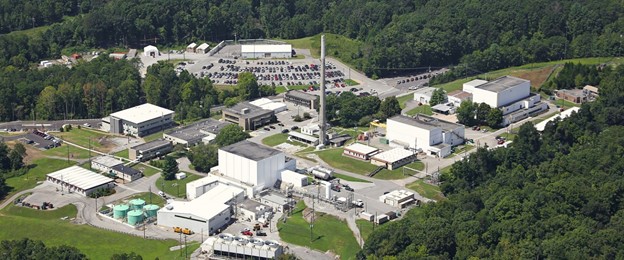

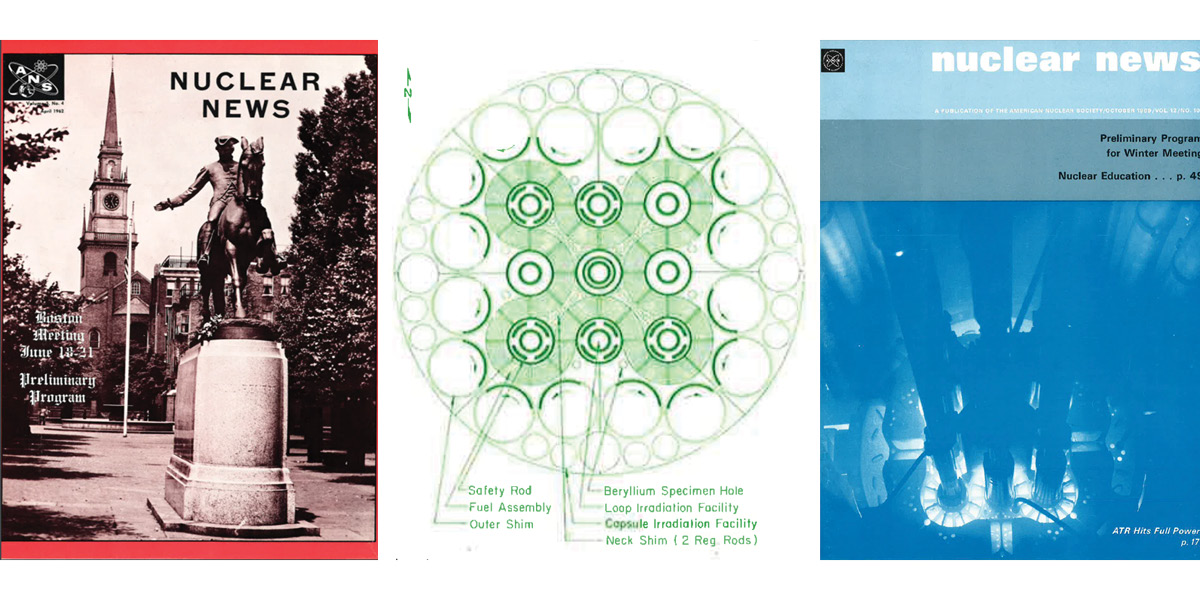


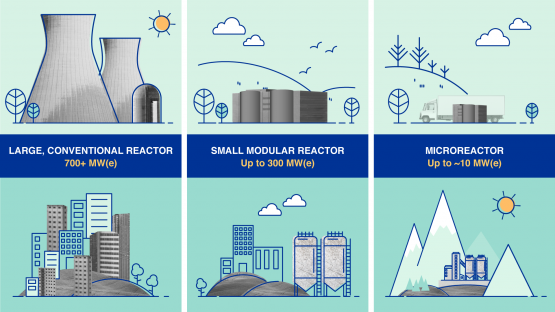

 The European Union could reduce imports of Russian natural gas by more than a third within a year through a combination of measures that would support energy security and affordability and would be consistent with the European Green Deal, according to a new report from the International Energy Agency.
The European Union could reduce imports of Russian natural gas by more than a third within a year through a combination of measures that would support energy security and affordability and would be consistent with the European Green Deal, according to a new report from the International Energy Agency.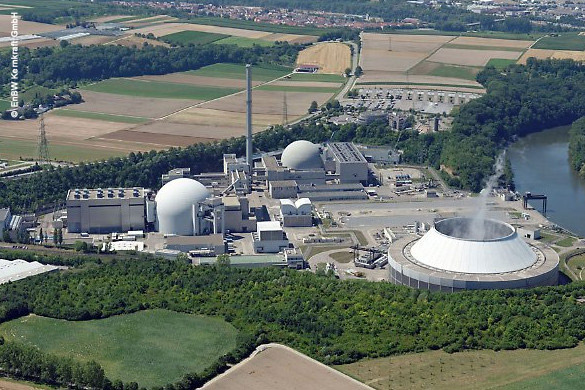
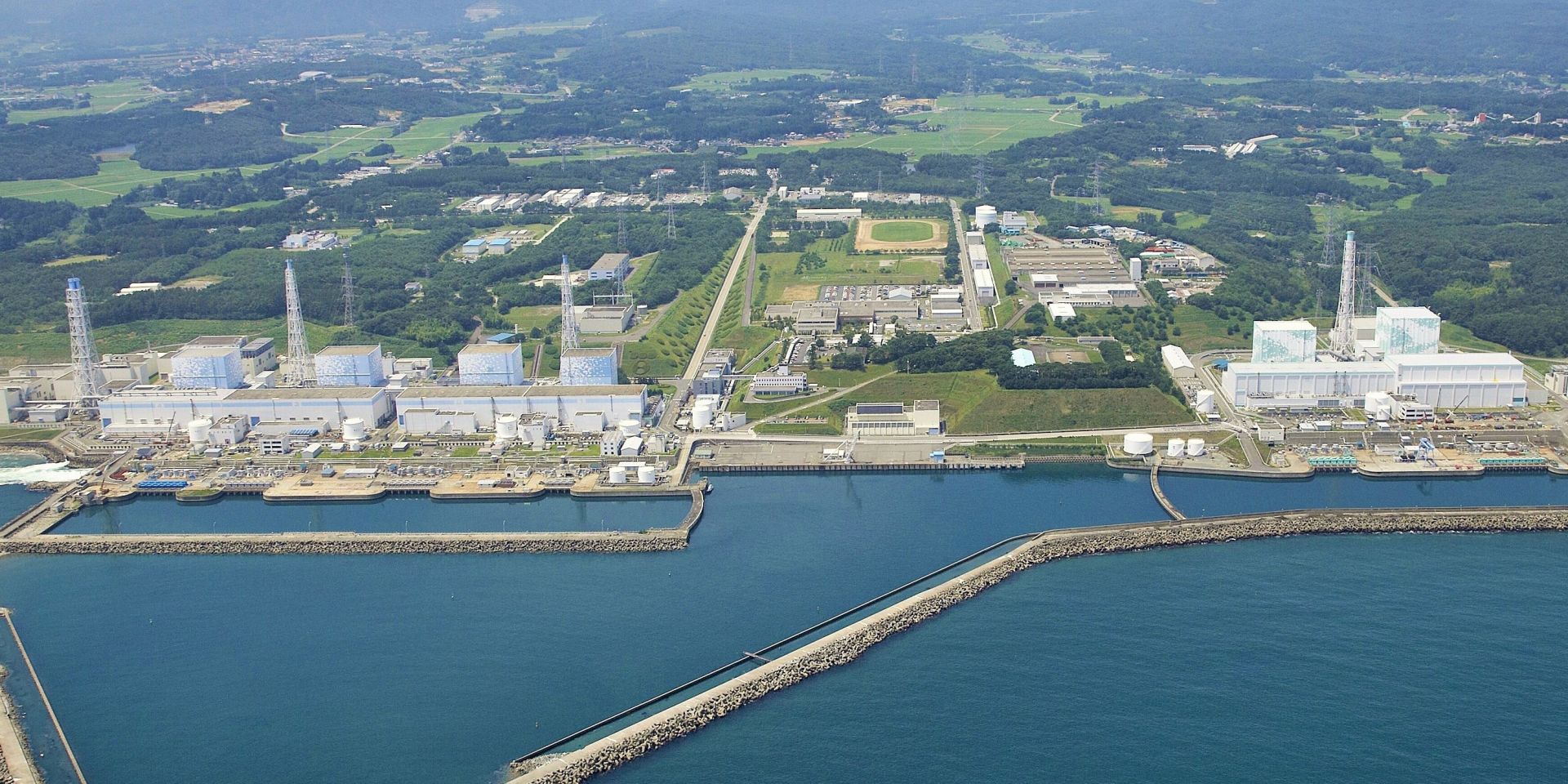
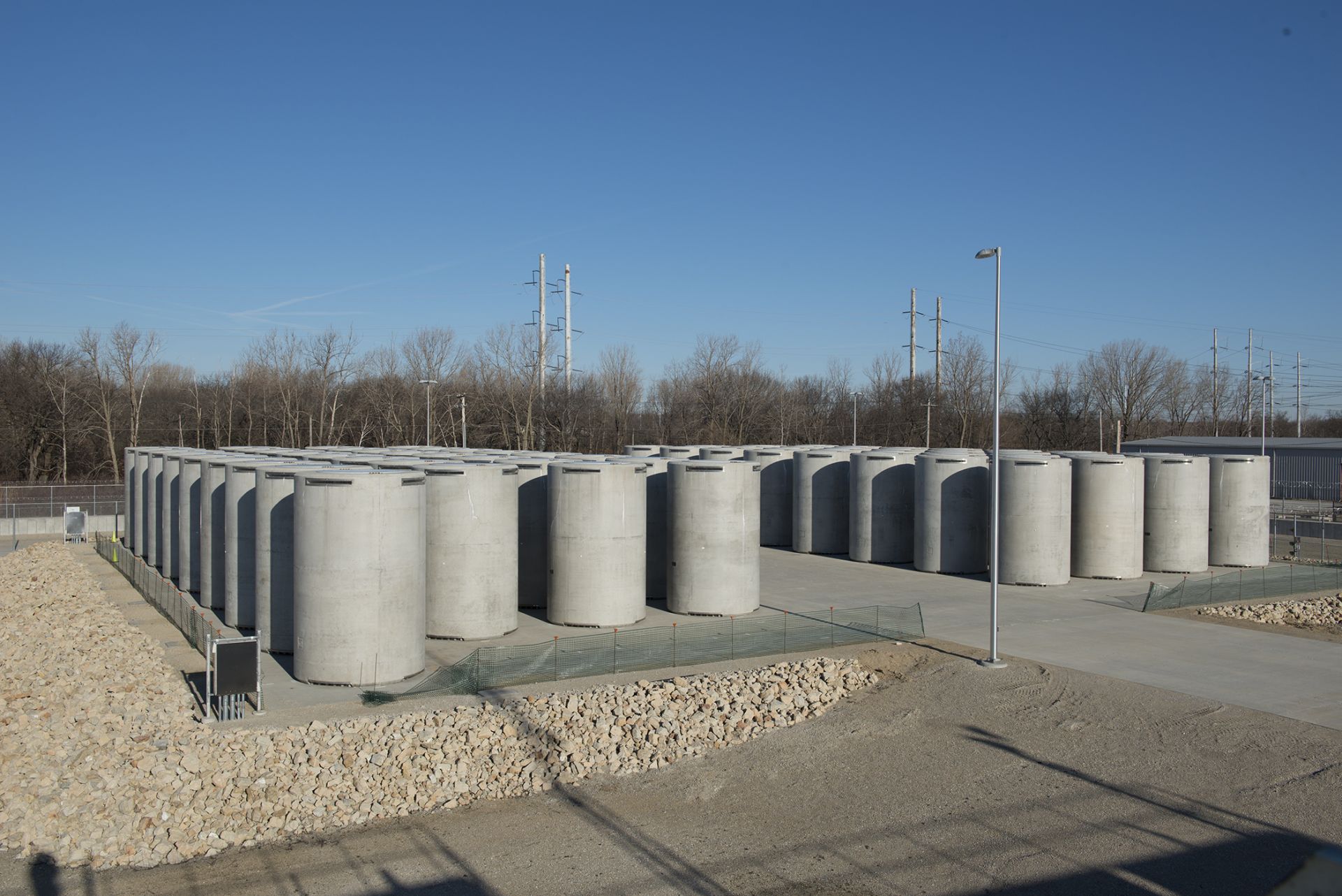
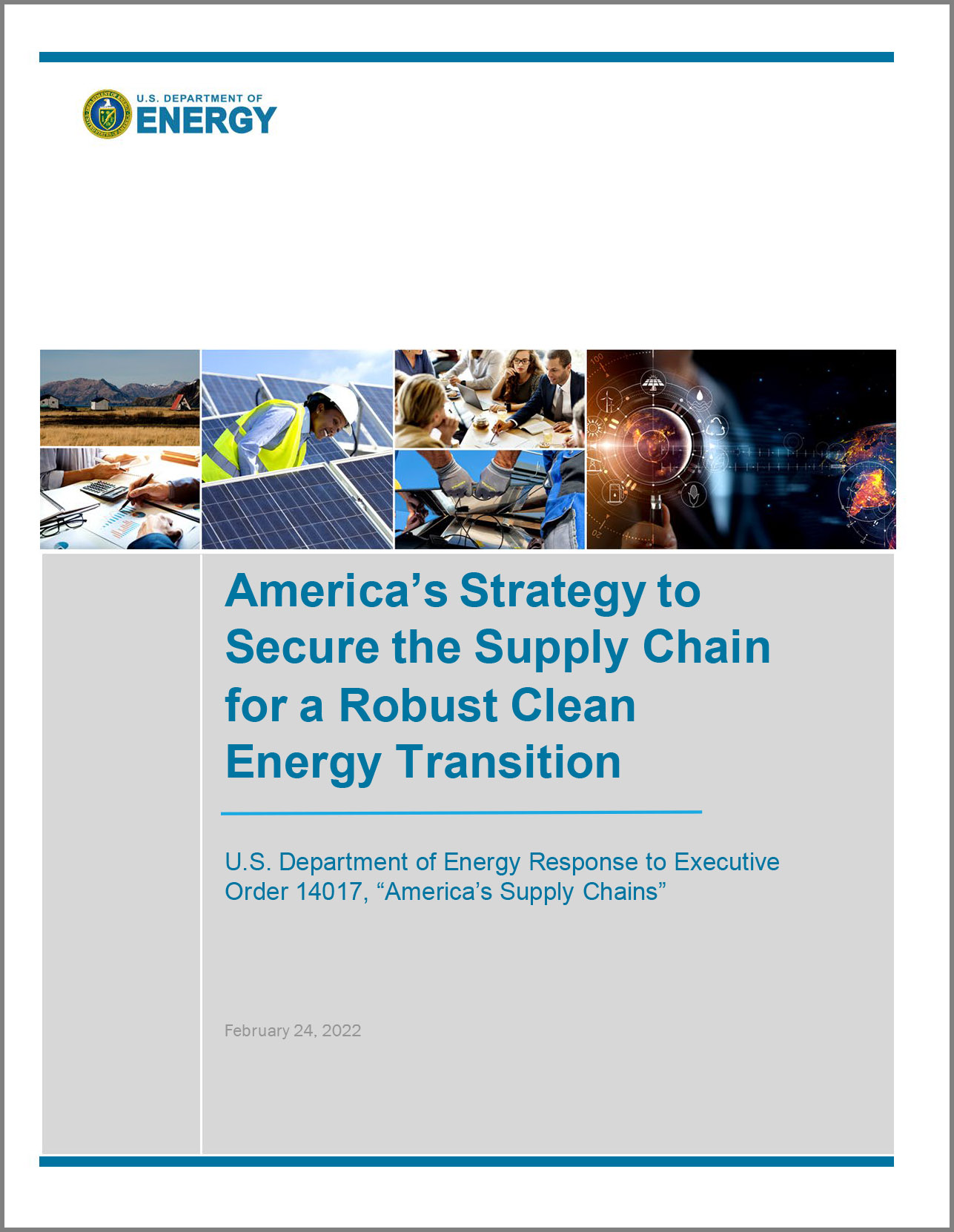 The Department of Energy last week released
The Department of Energy last week released 
.jpg)

